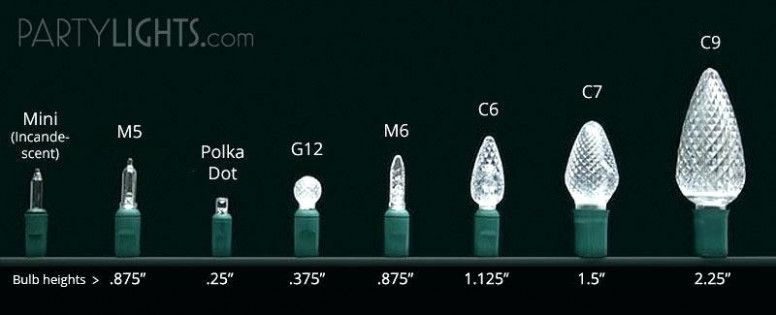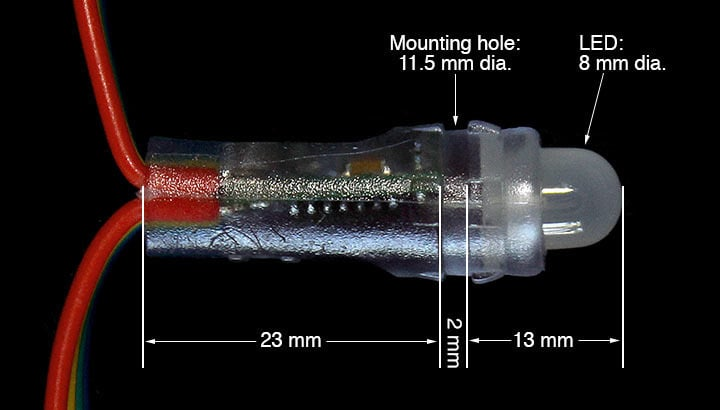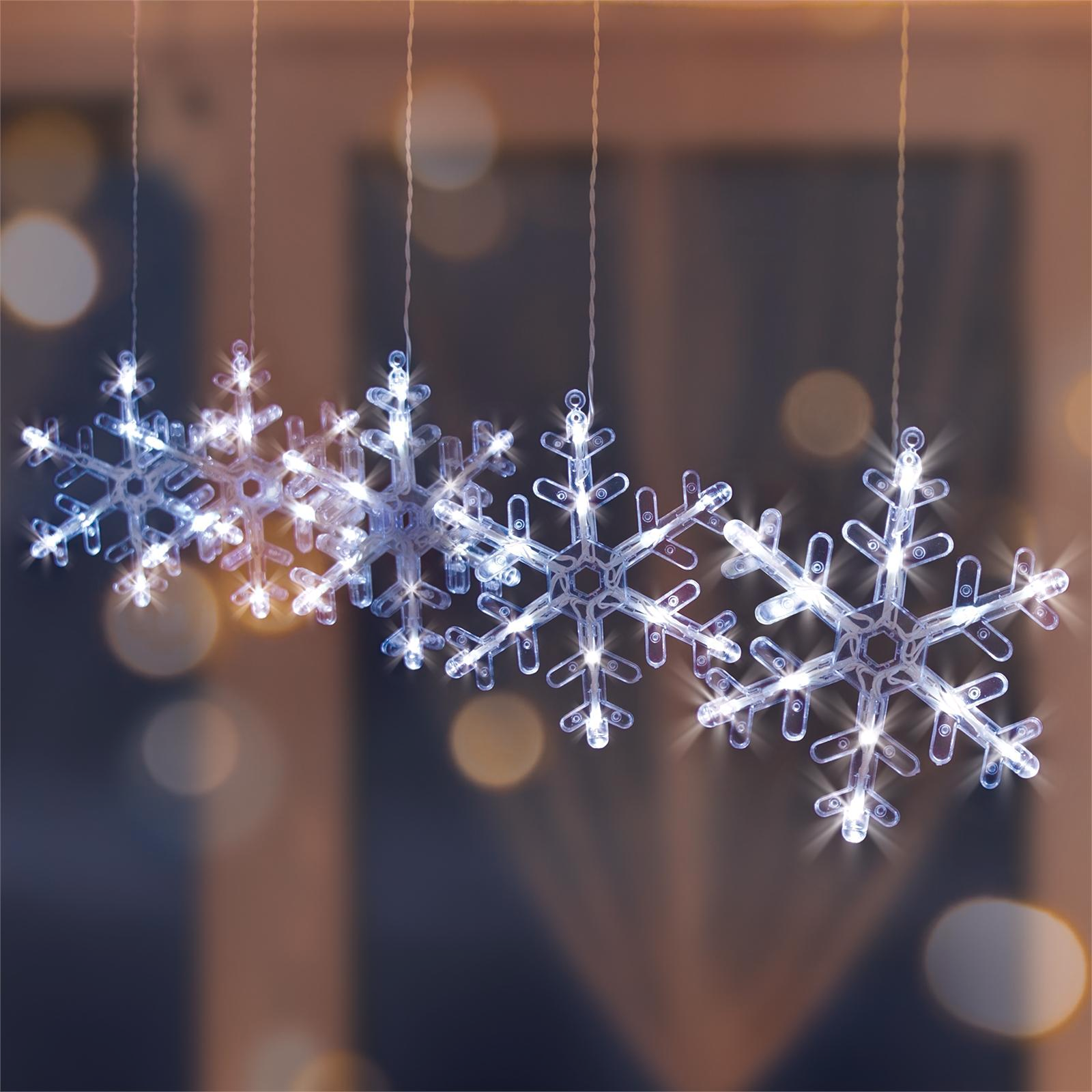3DPrinting
3DPrinting is a place where makers of all skill levels and walks of life can learn about and discuss 3D printing and development of 3D printed parts and devices.
The r/functionalprint community is now located at: or [email protected]
There are CAD communities available at: [email protected] or [email protected]
Rules
-
No bigotry - including racism, sexism, ableism, homophobia, transphobia, or xenophobia. Code of Conduct.
-
Be respectful, especially when disagreeing. Everyone should feel welcome here.
-
No porn (NSFW prints are acceptable but must be marked NSFW)
-
No Ads / Spamming / Guerrilla Marketing
-
Do not create links to reddit
-
If you see an issue please flag it
-
No guns
-
No injury gore posts
If you need an easy way to host pictures, https://catbox.moe may be an option. Be ethical about what you post and donate if you are able or use this a lot. It is just an individual hosting content, not a company. The image embedding syntax for Lemmy is 
Moderation policy: Light, mostly invisible
view the rest of the comments



Hmmm, I would usually go for ASA for anything outside, but searching around for transparent ASA comes up empty... I guess maybe transparent ASA isn't a thing? Too bad, since you could smooth it with acetone to make it even lower opacity. You could also look at Polycarbonate and PETG, which I know can be made transparent, but those might yellow a bit after a few years.
I'm interested in other people's thoughts. Definitely a good question!
Agree, Asa ideal, but I've never seen it in transparent varieties. I'd actually try PVB - probably some of the nicest transparency. Might not hold up well outdoors, but I'd give it a shot and then go to PETG if it falls apart.
PVB filament is giving me sticker shock ($36 for 750g), as is polycarbonate ($30 for 1kg).
I think PETG is probably the way to go. Anybody have strong opinions between
?
I've tried Overture, Creality, and Inland (all black though, not transparent) and Overture printed the best for me (at least for functional parts where I cared about print quality and tolerances). Inland's PETG+ and High Speed PETG was even better though.
Inland is my go-to since Microcenter contracts with good manufacturers. Their ASA is made by Polymaker, the PLA+ is eSun (I use a lot of it), but I’m not sure who makes their PETG. I’m sure it’s good though.
Oh, another thought - you could use a UV blocking clear coat such as this on your print. I still would avoid PLA though, since it might get hot in the sun. It would be important to get a complete coat with that spray, even between layer lines. You might want to think about using a clear resin if you have access to a resin printer, since it would have a much smoother finish before being coated.
Yeah, I'll probably do a clear coat.
The thought of using a resin printer had crossed my mind, as well. It wouldn't work for the snowflakes -- those would be too large for any but the most gigantic resin printers -- but it would be optimal for the C7 bulbs. That said, I literally just bought a new filament printer (just an Ender 3, not a fancy Bambu or anything -- until now I was making do with a MP Mini!) and buying two printers at the same time makes my bank account sad.
Also, I'm not sure the material resin printers use is all that great at resisting UV either.
Oh 3d printer resin is absolutely not UV resistant - resin printers use UV light to solidify the resin at each layer, and exposing a print to too much UV light after printing can cause UV burn, similar to a thermoplastic.
Coating the print in a UV resist clear coat should prevent UV light from reaching the print itself, and preventing the burn; think of it as sunscreen for your print 😉